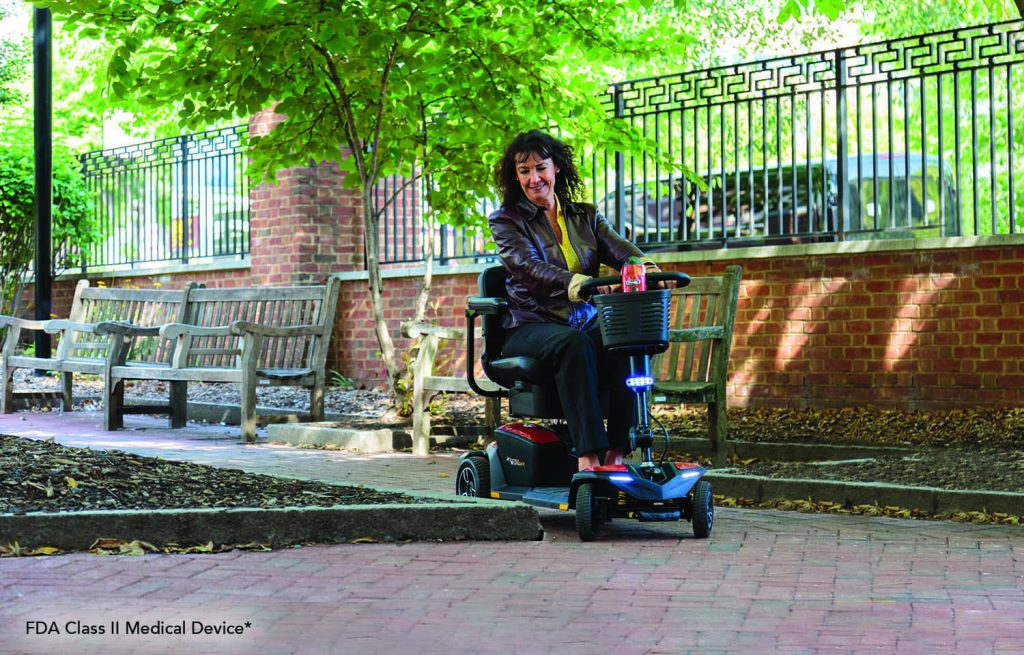Living with a chronic respiratory condition isn’t always easy, but using an oxygen concentrator has been a game-changer for my quality of life. After ten years of relying on my oxygen concentrator, I’ve become well-acquainted with the benefits, the daily challenges, and the routine maintenance that keeps it running smoothly. My goal here is to share what I’ve learned—tips for troubleshooting common issues, advice for maximizing comfort, and a bit about the support resources available. If you’re new to oxygen therapy or looking for ways to improve your experience, I hope my journey can help make yours a little easier.
The Benefits of Using an Oxygen Concentrator
When I first started oxygen therapy, I wasn’t sure what to expect. But over time, I came to appreciate how much of an impact it had on my energy, sleep, and overall health.
1. Improved Energy and Reduced Fatigue
Before oxygen therapy, I felt constantly tired and often short of breath. With a steady oxygen supply, I noticed a significant boost in my energy levels, making it easier to get through daily tasks and feel engaged in life again.
2. Better Quality of Sleep
One of the most underrated benefits of oxygen therapy has been the effect on my sleep. With my concentrator helping maintain my oxygen levels throughout the night, I wake up feeling much more rested and alert.
3. Reduced Risk of Health Complications
Regular oxygen therapy has helped protect me from some of the risks that come with chronic respiratory conditions, like cardiovascular strain and low oxygen-related complications. Knowing that I’m actively managing these risks brings a sense of peace and control over my health.
Challenges of Oxygen Therapy—and How to Overcome Them
Despite the many benefits, using an oxygen concentrator daily does come with its share of challenges. Here’s how I’ve learned to address some of the most common ones.
1. Adjusting to the Tubing and Equipment
Living with tubing around can feel like a nuisance, especially when moving around the house. It took some time, but I eventually found ways to manage it.
- Solution: Using tubing clips to secure the line out of the way made a big difference. I also invested in a longer length of tubing to move more freely without feeling too tethered. For sleeping, I use a tubing management system that keeps it from getting tangled.
2. Dealing with Noise from the Concentrator
Oxygen concentrators aren’t exactly silent, and the steady hum can be distracting at first, particularly at night.
- Solution: Placing the machine in a well-ventilated corner slightly away from my bed helps reduce the noise. For extra quiet, some people use a white noise machine to mask the sound, and I found that to be helpful on nights when I’m having trouble sleeping.
3. Managing Dryness and Irritation
Oxygen can be very drying, especially to my nose and throat. In the early days, I struggled with dryness and mild irritation.
- Solution: Adding a humidifier to my concentrator really helped. Many concentrators are compatible with a humidifier bottle that adds moisture to the air, reducing dryness. I also keep a saline nasal spray handy, which has been a lifesaver on drier days.
4. Moving and Traveling with an Oxygen Concentrator
Mobility was initially one of my biggest concerns. The concentrator isn’t exactly portable, and I was unsure how it would affect my ability to travel.
- Solution: Over time, I invested in a portable oxygen concentrator for outings and travel. Although the upfront cost was high, it’s been worth it for the freedom to travel comfortably and safely. For those on a budget, many community programs offer financial assistance or rental options for portable concentrators.
Daily Routine and Maintenance for Long-Term Success
Keeping my oxygen concentrator clean and in good working order is critical to making sure I get the most from my therapy. Here’s a glimpse into my daily and weekly routine:
- Daily Checks: I do a quick check to make sure the tubing is connected securely and that the oxygen flow rate matches my prescription. I’ve found that a simple, consistent routine makes maintenance easy.
- Weekly Cleaning: Each week, I clean my nasal cannula and tubing in warm, soapy water to keep everything sanitary. It’s amazing how much better everything feels after a thorough cleaning.
- Filter Replacement: Many concentrators have filters that need to be changed regularly. I mark it on my calendar to ensure I don’t miss it, and this simple habit keeps my machine running smoothly.
- Professional Servicing: I schedule an annual check-up with a service technician to ensure my concentrator is in good working order. This has been essential for catching any minor issues before they turn into bigger problems.
Resources and Financial Assistance for Oxygen Therapy
Managing the costs of oxygen therapy and concentrator maintenance can be daunting, but there are many resources that provide financial assistance and support.
1. Insurance and Medicare Coverage
Medicare Part B often covers medically necessary oxygen equipment, so I highly recommend checking with your provider to see what’s included in your plan. Many private insurance companies also offer similar coverage for durable medical equipment.
2. Community-Based Programs
Local organizations, such as the American Lung Association, often have programs to help individuals access oxygen therapy equipment and may provide financial aid for those in need.
3. Maintenance Support
Some home medical equipment providers offer maintenance packages for oxygen concentrators, including filter changes and cleaning services. These packages can be cost-effective and help ensure the concentrator’s long-term functionality.
4. Transportation Services
If you’re like me and have frequent medical appointments, check if your community offers accessible transportation options. Paratransit services are available in many cities, providing affordable, door-to-door transport for people with medical needs.
Final Thoughts: Embracing Life with Oxygen Therapy
Living with an oxygen concentrator has become a normal part of my routine, but it’s also something that’s greatly improved my life. From boosting my energy levels to helping me sleep soundly, oxygen therapy has had a lasting positive impact. While there are certainly challenges, I’ve found that with a bit of routine, some helpful accessories, and the right resources, it’s possible to live comfortably and confidently with an oxygen concentrator.
For anyone new to oxygen therapy, know that adjusting takes time, but the benefits make it well worth the effort. Stay proactive, reach out for support when needed, and remember—you’re not alone in this journey.
FAQs
1. How long does it take to adjust to an oxygen concentrator?
It varies, but most people take a few weeks to feel fully comfortable. Staying consistent with use and gradually adapting to the equipment can make the adjustment period easier.
2. Is it okay to adjust my oxygen flow rate on my own?
No, it’s best to follow your doctor’s prescription. Changing the flow rate without medical guidance can lead to health complications.
3. How often should I replace my nasal cannula and tubing?
In general, replacing them every couple of weeks is recommended, though it may depend on your individual setup and level of use.
4. What should I do if my concentrator isn’t working properly?
Contact your equipment provider immediately. Many providers offer 24/7 support for urgent issues and can assist with troubleshooting or provide a temporary replacement.
5. Can I get financial help for my oxygen therapy equipment?
Yes, many insurance plans cover oxygen equipment, and non-profits like the American Lung Association offer grants and financial aid for those who qualify.
6. Can I use a portable concentrator instead of a stationary one?
A portable concentrator can be a great addition for travel or outings, but it may not be suitable as a full replacement, depending on your oxygen needs.






